If you click on a link and make a purchase we may receive a small commission. Read our editorial policy.
The unrepentant queer love of HBO's The Last of Us is an act of resistance
HBO's The Last of Us shows that even in the most desolate and hopeless of circumstances, queer romance can be a source of strength and joy.

Popverse's top stories
- Is the Supergirl teaser trailer already teasing a Man of Tomorrow connection? Because our Brainiac senses are tingling
- Watch now: Watch as Nickelodeon presents the Avatar: The Last Airbender 20th Anniversary Panel, featuring Dante Basco, Zach Tyler Eisen, Jack De Sena, Mae Whitman, Michaela Jill Murphy, from NYCC 2025
- The Amazing Digital Circus stars Lizzie Freeman, Michael Kovach, and Alex Rochon are coming to Seattle's ECCC 2026
"[They've] found love in a hopeless place." – 'We Found Love', lyrics by Calvin Harris for Rihanna
HBO's The Last of Us, based on the video game of the same name, is a critical and commercial success. It isn't difficult to see why. The series has combined breathtaking action, the chemistry and familial relationship between Ellie (Bella Ramsey) and Joel (Pedro Pascal), and a nerve-wracking plot, all set against the backdrop of a United States rendered desolate by decades of occupation by those infected with the Cordyceps fungus. And in the second season, The Last of Us amplifies an element that has elevated the story for many gamers and viewers: queer romance.
After laying the foundations earlier in the season, the season 2 episode 4 episode of The Last of Us, 'Day One,' placed the romance between Ellie and Dina (Isabela Merced) center stage. Written by Craig Mazin and directed by Kate Herron, 'Day One' emphasized how queer love can be a vital act of resistance in the face of a cruel, indifferent and/or dangerous world.
To Love and Die in Lincoln

Before Ellie and Dina's relationship bloomed, The Last of Us series had already staked its claim as a cultural touchstone of emotionally potent queer romance stories. This was thanks to the show's unforgettable first-season episode, 'Long, Long Time'; an intimate, heartbreaking and powerful tale of queer love directed by Peter Hoar, which won both a Directors Guild of America award and a Creative Arts Emmy.
In 'Long, Long Time,' a title that alludes to the song by Linda Ronstadt, viewers follow the tragic love story between Frank (Murray Bartlett) and Bill (Nick Offerman) in Lincoln, Nebraska. While both characters were introduced in the 2013 video game, their roles were significantly expanded for the television series. In the game, the pair is defined as "partners," but this ambiguous terminology is never further explained. Eventually, Frank is infected by Cordyceps, choosing to end his life as a result. But before his death, he leaves a note, stating that his decision is "still better than spending another day with [Bill]."
However, the story that unfolded in the HBO adaptation was a significant departure from the events of the video game. Unlike the video game, the pair's on-screen story spans the duration of their entire 20-year relationship. We see Frank and Bill meet, fall in love, live together, and eventually die together. While on-screen Frank still chooses to end his own life, it's not because he became infected with Cordyceps, but rather it's a personal decision to utilize assisted suicide in the face of a debilitating terminal illness. And after Bill assists Frank in ending his life, he also chooses to end his own life, as he's unable to imagine continuing to live in the post-apocalyptic landscape without his longtime lover.
While the death of Frank and Bill is tragic, it's also beautiful. As The Last of Us game writer and co-creator and series executive producer Neil Druckmann told IGN, the point of the episode was to show "what [the characters] could stand to win." He further explained that the episode showed "what happened with Bill in the outbreak. And then what was it like to meet Frank and fall in love with Frank and grow old with Frank, and then the full cycle of love and living together with someone and experiencing loss, but loss is tinged with happiness of having lived a full life filled with love."
Although the world of The Last of Us is bleak and dire, the relationship between Frank and Bill is beautiful—a spot of darkness amid the ruin. Thematically, it demonstrates how queer romance can be the salve that allows for continued survival during turbulent times. Living and loving authentically give people reasons to continue, even amid the worst imaginable circumstances. In terms of the show's ongoing narrative, the letter left by Frank motivates Joel to commit to serving as Ellie's protector.
Lovers in a Dangerous Time

But while 'Long, Long Time' highlights the romance between two single-episode guest stars, queer love gets the spotlight in The Last of Us Season 2 as Ellie and Dina's relationship becomes a central narrative pillar.
Ellie and Dina's romance was also an important part of the 2020 video game, The Last of Us Part II. Like Animal Crossing: New Horizons and other video games released in 2020, The Last of Us Part 2 may have benefited from the captive, quarantined gamers. Plus, at a time when COVID-19 had the United States feeling like a disaster movie, The Last of Us Part II felt particularly relevant. And this included its queer rep. As summed up by Werewolf Jones in Simon Hanselmann's graphic novel Crisis Zone: "A bunch of post-apocalyptic lesbians kicking people in the face… very now."
Just as The Last of Us Part II felt relevant against the backdrop of 2020, so does the second season of The Last of Us feel relevant against the backdrop of 2025 (or '2020: Part 2').
In the second season's first episode, 'Future Days,' Dina is introduced. While it is immediately clear that Ellie and Dina have a close friendship, it is initially unclear whether or not Dina possesses any romantic attraction to Ellie, given that her previous relationship was with a man. This uncertainty, which is relatable to many young queers who are still figuring out their sexuality, persists even after Dina and Ellie dance together and share a kiss at the Jackson, Wyoming, New Year's Eve party. However, the kiss is somewhat marred by the vocal and homophobic objections of fellow Jackson citizen and ex-cop-cum-bartender Seth (Robert John Burke). In this scene, viewers can see the damage that hate does to the broader community. Even in a world where humanity faces literal destruction, there are still people who are more concerned with saving the world from the ideas that they fear and hate, rather than actual harm. It's petty, and it's relatable, especially to any queer person who has been yelled at or called names for openly defying heteronormative norms.
As the season continued, the relationship between the two only grew deeper. This was especially true in 'Day One.' Upon arriving in Seattle, Washington, Dina and Ellie end up in an abandoned music store. Ellie finds a guitar in working condition and plays a heartrending rendition of a-ha's 'Take On Me,' a performance which Dina finds deeply affecting. Caught between the gory conflict between the Washington Liberation Front and the Seraphites, Dina and Ellie are driven underground into the subway, where they survive an attack by the Infected. However, Ellie does not escape the encounter without being bitten.
Finally, our heroes seek shelter in the lobby of an abandoned theater, where Ellie demonstrates her immunity to Cordyceps to Dina. Convinced and relieved, Dina reveals her pregnancy to Ellie. The pair subsequently consummates their relationship. But, lest you think it's just about sex, the conversation they share the next morning underscores that their pairing is more than just a fling. This is thanks to Ellie stating that Ellie, Dina and Dina's ex Jesse are "having a baby," and further remarking, "I'm gonna be a dad." Clearly, Ellie intends to continue the relationship, including taking up the responsibilities accompanying the romance.
The queer romantic subplot isn't just an afterthought. The joy and solace that Dina and Ellie find in each other's arms amidst the carnage and chaos of Seattle demonstrate how sapphic love can be a powerful source of strength, even amid the most dire circumstances.
The Last of Us also emphasizes the persistence of queer love. When Dina and Ellie first arrive in Seattle, they explore an area characterized by myriad gay pride flags and murals. However, they both express their confusion at the meaning of the rainbow as a symbol of queer liberation, not being able to connect the word "pride" with "LGBTQ+ pride." Instead, they wonder "what's up with all the rainbows" and speculate that the area might have been populated by "optimists."
About 20 years after the collapse of human society, the symbology (and perhaps the concept) of queer pride is not so widely known. In line with the fevered desires of the worst people on Earth, the symbols of the queer community have largely been lost to time in the post-apocalyptic world of The Last of Us. However, despite the absence of this common knowledge, Ellie and Dina — not to mention Frank and Bill, and presumably other queer people around the globe — continue to find both the truth of themselves as well as making their way to one another.
Queer love continues to grow, even in the most inhospitable of environments.
Kick at the Darkness Til It Bleeds Daylight

In the real world, 2025 is a hard time for queer people, especially in the United States. The controlling authoritarian regime in the U.S. is not subtle about its frequent, unwarranted, and unfounded assaults on the transgender community, and anyone who's read a history book knows that the rest of the letters in LGBTQ+ will soon be in their crosshairs, too.
In this environment, many media conglomerates have chosen to preemptively toss any queer content overboard. For just one example, consider Disney. The studio has both eradicated a subplot about a trans character in the streaming series Win or Lose, and indefinitely shelved 'The Gatekeeper,' a completed Moon Girl and Devil Dinosaur episode that focused on a young trans athlete. (It’s worth noting that in spite of this preemptive virtueless-signaling bootlicking, Disney is being investigated for “DEI” by the FCC anyway.)
By contrast, The Last of Us unapologetically continuing to include queer characters and storylines becomes an act of resistance. Whether or not Dina and Ellie’s relationship is destined to last, the story of their romance is bold, inspiring and beautiful. That their story is set against such a grim backdrop doesn’t mitigate any of these elements; in fact, if anything, it only serves to augment them.
In the world of The Last of Us, as in the real world of 2025, a grim end could be just around the corner. But despite the high stakes and possible imminent finality, queer romance continues to be a worthwhile source of joy, as demonstrated by both Frank and Bill as well as Dina and Ellie.
This article discusses suicide. If you or someone you know is struggling, call the 988 Suicide and Crisis Lifeline, or check out these resources for minoritized communities.
In the immortal words of Danny Elfman, "Life's no fun without a good scare." Join Popverse's weekly explorations of the best opening moments of horror cinema in The Coldest Open, and then check out:
- The best horror movies of all time, according to horror aficionado Greg Silber
- The most underrated horror movies from the past couple years
- All the new and upcoming horror movies for 2025 and beyond
And much gore. Er, more. Much more.
Follow Popverse for upcoming event coverage and news
Find out how we conduct our review by reading our review policy
Let Popverse be your tour guide through the wilderness of pop culture
Sign in and let us help you find your new favorite thing.


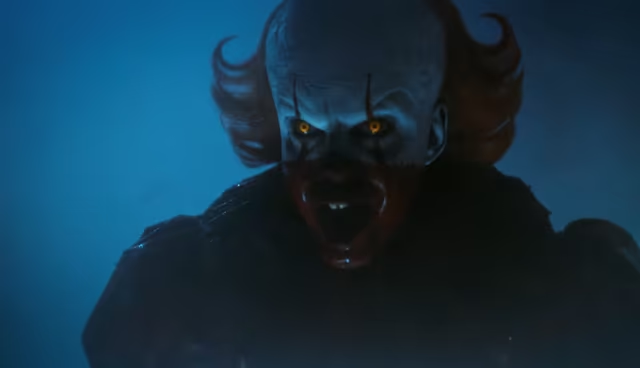
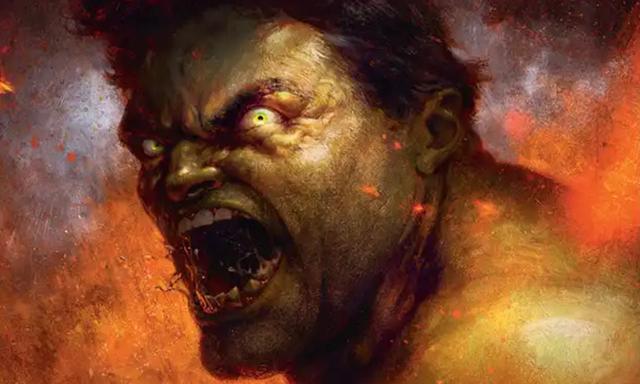

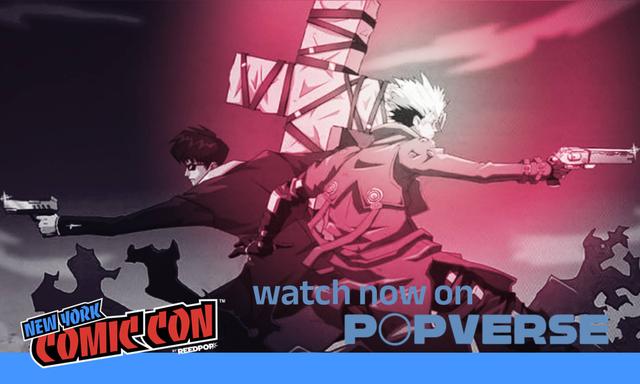


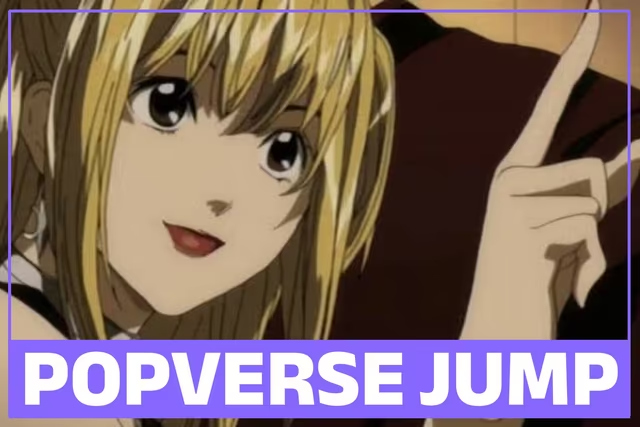
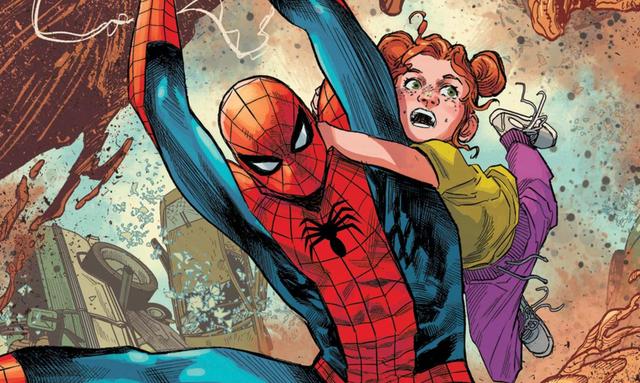
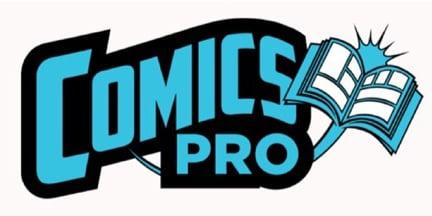





Comments
Want to join the discussion? Please activate your account first.
Visit Reedpop ID if you need to resend the confirmation email.